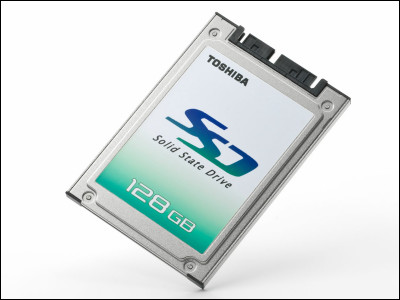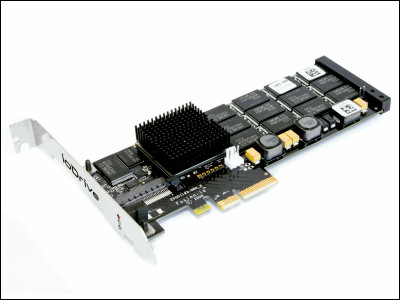What is the result of testing the durability of USB memory?

A small and portable USB memory will gradually deteriorate as data is written or erased. To find out how much a typical USB stick can withstand writing, engineer Goff Louis tested the durability with three USB sticks.
Experiment: 8Gb USB Flash Drive Endurance Test | Gough's Tech Zone
There are three USB memory sticks prepared by Mr. Louis: 'Comsol UF4-8000 (8GB)', ' Sandisk Cruzer Facet (8GB) ', and ' Verbatim Store'n'Go Pin Stripe (8GB) '. Connect to a USB 2.0 port and format with exFAT to write files larger than 4GB. After that, while writing continuously using the software Cygwin , the command 'while:; do dd if = / dev / random of = / cygdrive / X / rawout.raw bs = 8M & >> stress.log; sleep 5 I logged with '; done'.
The first to fail under the same conditions was the Sandisk Cruzer Facet (8GB). According to Mr. Louis, if 'write to maximum capacity-erase' is one cycle, the failure occurs when a total of 632 cycles are executed. The file system was corrupted and he was asked to format it when reinserting. However, in reality, there was a serious system corruption, and the NAND and controller were encapsulated, making it difficult to recover the data with some expertise, Louis reports.

The next one that failed was the Comsol UF4-8000 (8GB), which ran a total of 959 cycles. The file system was partially corrupted, but it remained readable. Since it was possible to recover the data in this state, Louis tried to test with the memory verification software H2testW after reformatting.

However, when I tried to write more to the USB memory, it was damaged and the format failed. According to Louis, both the Sandisk Cruzer Facet (8GB) and the Comsol UF4-8000 (8GB) were based on Sandisk NAND, but the Comsol UF4-8000 (8GB) used a third-party controller. , The capacity reserved for overprovisioning was about 0.18GB, so there was a difference in the cycle.
The last Verbatim Store'n'Go Pin Stripe (8GB) failed in 9751 cycles. The size and shape of the memory was recognized and partially readable, but H2testW verification failed. Mr. Louis cites the fact that it was readable, and evaluated this memory as 'very good because it was a desirable operation for the end of life and the cycle was close to the technical specifications.'

Regarding the reason why there was a clear difference from the other two, Mr. Louis said that the Verbatim Store'n'Go Pin Stripe (8GB) is an eMMC standard Toshiba memory, and the capacity reserved for overprovisioning is the other 2 The possibility is that there were more than one.
Data corruption may have occurred earlier, as Louis said the experiment was conducted by terminating the test only if the USB stick failed to write or the file system was corrupted. indicate. For this reason, it states that the result of the obtained cycle is just an upper limit.
'Most users may not reach 100 cycles before they lose or damage their USB stick, and 600 cycles is enough,' said Louis, but some NANDs are resilient. He pointed out that while it is unwise to rely on cheap USB sticks, there is no guarantee that expensive USB sticks will be better.
Related Posts:
in Hardware, Posted by log1p_kr







